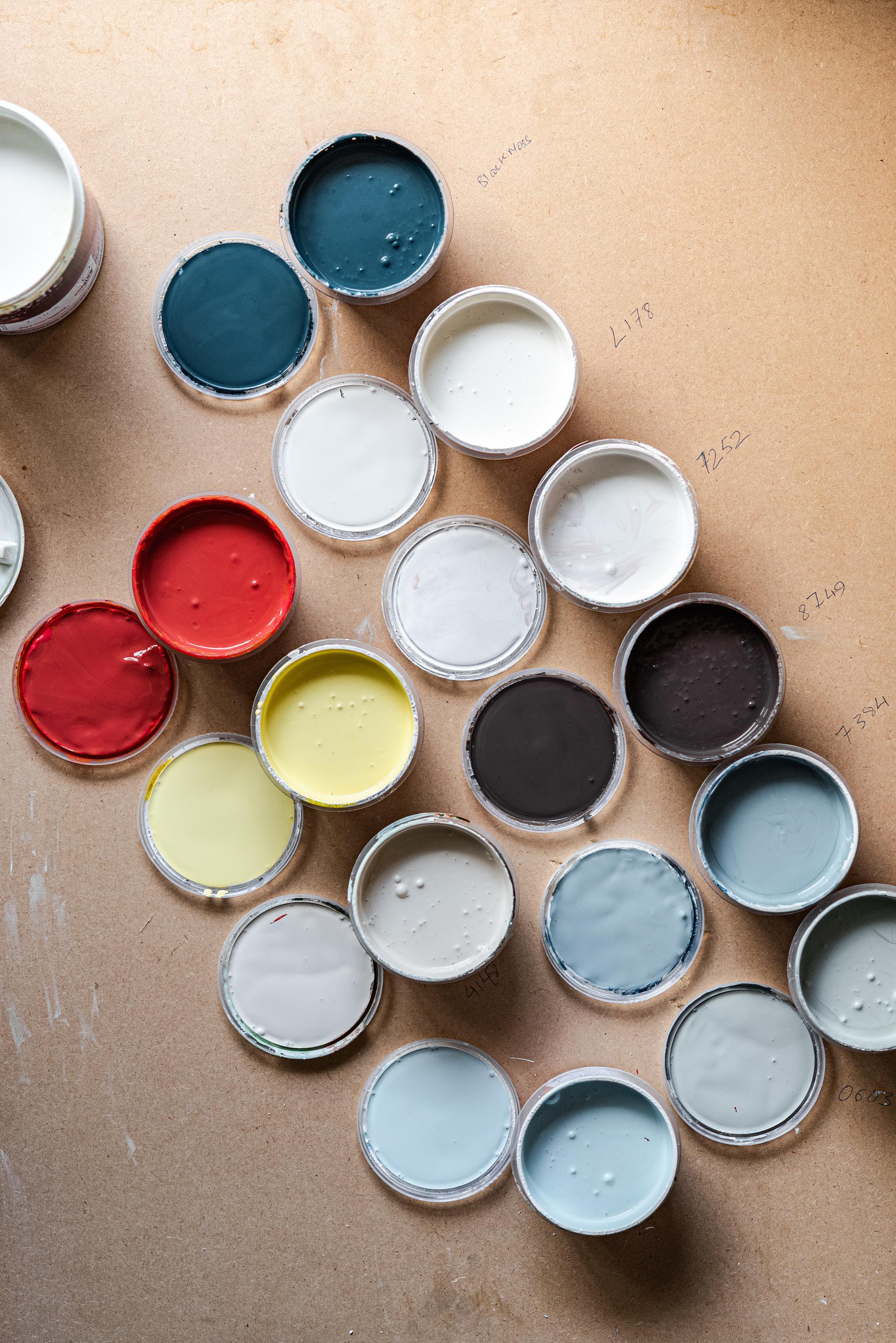
If you have ever taken on a painting project, you have likely heard of enamel and hard shell paint. These popular options share many similarities, making it difficult for the untrained eye to notice their differences. However, these two paint varieties have a few key differences that should be considered when selecting your paint.
At UCI Paints, we pride ourselves on working with premium materials to ensure a pristine result. Below we have listed everything you need to know about the differences between enamel and hard shell paint.
Enamel and hard shell paints differ significantly in their formulations, with distinct ingredients playing a crucial role in shaping their properties. While both types of paint yield highly durable and resistant finishes, they are far from identical in composition. Hard shell paint, as its name suggests, incorporates fine ceramic particles into its makeup, contributing to its unique characteristics. These ceramic particles play a key role in the creation of a protective hard shell-like coating on various surfaces, enhancing their longevity and sturdiness.
Hard shell paint is ideal for high-traffic areas due to its exceptional durability. It is commonly used in places like hallways, kitchens, and other rooms prone to damage. For example, families with young children may find hard shell paint particularly useful. Additionally, hard shell paint can withstand scratches and wear and tear with great effectiveness, making it an excellent option for busy commercial spaces where repainting can be challenging and disruptive to business.
Moreover, hard shell paint's remarkable water resistance makes it an excellent choice for bathrooms, where moisture is a concern. Its ability to endure various stresses and its resistance to water make it a highly reliable and long-lasting option for areas that demand a protective and low-maintenance paint solution.
Enamel paint is crafted by blending either an oil or resin base with pigments to create its final product. This careful combination gives rise to an incredibly strong paint that boasts exceptional durability. However, what sets enamel paint apart from hard shell varieties is its distinctive glossy finish. When applied to surfaces, enamel paint leaves behind a lustrous sheen that enhances the visual appeal of the coated area. This glossy effect can add an elegant and sophisticated touch to furniture, walls, and various other objects, making enamel paint a preferred choice for those seeking a polished and refined appearance in their projects. In recent times, there has been a noticeable shift in preference towards using resin rather than oil as a primary ingredient in enamel paint.
The growing popularity of resin can be attributed to its eco-friendly properties, contributing to more sustainable and environmentally conscious practices within the painting industry. Moreover, resin-based enamel paint offers the added advantage of easy clean-up, further solidifying its position as a top choice among painters, homeowners, and businesses alike.
The durability of enamel paint makes it a popular selection for both residential and commercial projects, along with indoor and outdoor surfaces. From enhancing the aesthetics and protection of home exteriors to beautifying and safeguarding office buildings, retail spaces, and industrial facilities, enamel paint proves to be a reliable and enduring coating choice. Its resistance to fading, chipping, and peeling ensures that surfaces retain their fresh and vibrant appearance for an extended period, reducing the need for frequent touch-ups or repaints, thereby saving time and money.
Are you planning to paint your home or commercial space? It is crucial to have the right materials and expertise to ensure a job well done. Contact us today to learn more about our high-quality products and painting services.